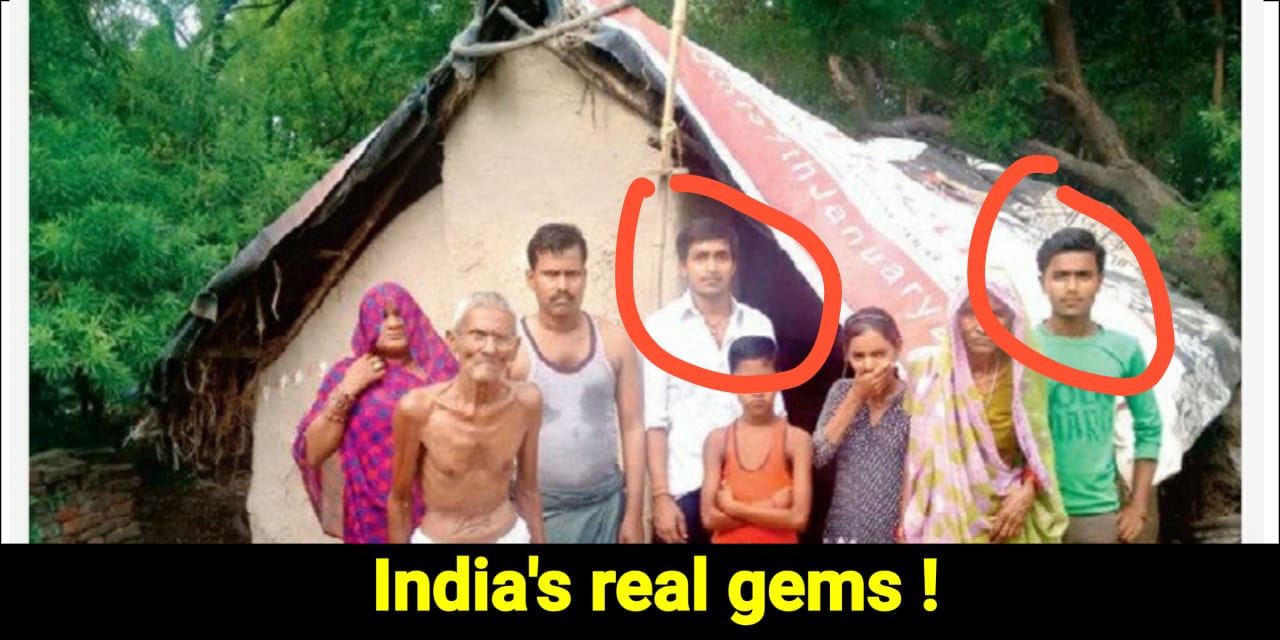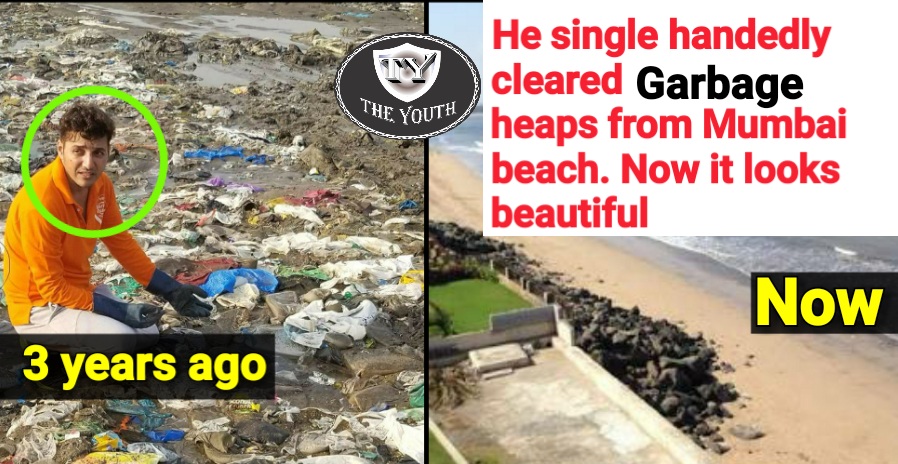Indian teen Ayushmaan Mishra’s invention Helps clean plastics off oceans
Increasingly, we hear more and more about the oil spills & microplastics polluting our waterways and oceans.
Even if all plastic production were magically stopped tomorrow, existing plastics in landfills and the environment — a mass estimated at around 5 billion tonnes — would continue degrading into tiny fragments that are impossible to collect or clean up, constantly raising microplastic levels.
One thing is clear: the problem will only grow. Almost 400 million tonnes of plastics are produced each year, a mass projected to more than double by 2050.
Maybe in the future we can find better alternatives to plastic but, at the moment, we are faced with the challenge of drastically reducing the plastics entering our oceans.
Ayushmaan Mishra is a 17-year-old inventor from Mumbai, India who has come up with a new method for the extraction of oil & microplastics from oceans and also from domestic and industrial wastewaters.
“If you ask me about risks, I am not that frightened today,” he says. “But I am a bit concerned about the future if we do nothing.”
This method was inspired by an article by Dr. Arden Warner about cleaning up oil spills using magnetite [Fe3O4], a non-toxic iron oxide abundantly available on the earth’s surface. This, in effect creates a ferro-fluid out of the oil and magnetite mixture allowing it to be easily and efficiently removed from water.
I used this method in the extraction of oil spills using the same concept and use that same oil in extraction of the microplastics by adding it to mixture containing a known quantity of microplastics which definitely has a very high extraction rate.

“It works in the way a whirlpool in your sink might work. It uses the same mechanism(centripetal force) to capture oil spill from the surface of the ocean and use it in extraction of microplastics from beneath the ocean surface in chambers inside the system. Implemented on a ship means, the system could travel around and clean different areas one after another”, he adds.
The 10 most commonly found microplastics in wastewater were used in tests: these included microfibres from washing machines and microbeads from cosmetic products. The results obtained supported the hypothesis that with this method would remove at least 85% of plastics a sample. A surprising result was that using the magnetite on its own without oil was not statistically significantly different to using oil. The method used was most effective on fibres obtained from a washing machine (95% ± 2.28% extraction) and least effective on polypropylene plastic (80%± 3.07% extraction).
Note: All the measurements of the concentration of microplastics in a given sample and the types of microplastics data and software used for capturing the known concentration of microplastics in a given sample have been collected from the Research work by Fionn Ferreira available on Google.
The hypothesis was that this extraction method would remove 85% or higher of microplastics in samples.
Using the concept of ferrofluids by Dr. Arden Warner and using the microplastics data from Fionn Ferreira helped me gather enough data for my hybrid invention.
“From the results, I conclude that my method would form the basis for an effective way of extracting both the oils from oil spills & microplastic from oceans and wastewaters.”
A centrifuge can be used for separation and both oil and magnetite could be reused.
The Plastics can be removed and broken down using enzymes and fungus.
“Of course, there are many complications which needs to be tackled and the system is still on paper. It’s just a proof of a concept!
The method will very likely be improved further”, he adds.
“I presented this project in the Third International Conference & POP Festival for Youth-Led Climate Action and got some valuable feedback from the evaluators during the conference,” says Mishra.
This machinery system demonstrates a first of it’s kind working method to clean up the oil spills and extract the microplastics simultaneously much faster than using booms or any other method currently being used.
If this method with ferro-fluids works, I think it could be done on a much larger scale, much faster than filtration.












